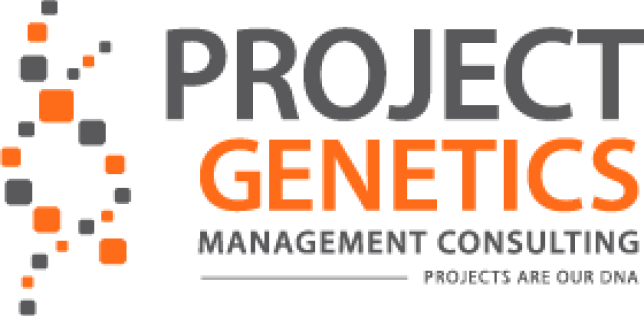With the pace of technological growth rapidly increasing, businesses need to be agile. However, traditional project management approaches often put projects on rigid rails that don’t allow for flexibility. The solution is to integrate modern technology into your project management office. Enterprise Project Management systems make it easier for your team to collaborate on projects while helping upper management measure progress and address obstacles. EPM also boosts your data analytics capabilities. To implement EPM, you’ll first need a roadmap.
Enterprise Project Management: Determining Your EPM Roadmap
Start With Pain Points and Goals
Before you rush to buy a license for the top-rated EPM software, pause to consider what you’re trying to accomplish. A roadmap is not only meant to plan out the steps to deployment. Roadmaps include objectives and measurables so that you can determine if you’re on your way to a successful deployment. So consider your pain points when it comes to project management and execution. What obstacles do you routinely face?
Then, set goals that will help you determine whether your EPM implementation is actually benefiting the company. We recommend targeting specific KPIs so that you can measure performance using data. You may also set some larger goals, like increasing the number of projects successfully executed or reducing the overall time it takes for projects to reach completion.
Choose the Right Tools
Knowing what you want to accomplish with your EPM system is vital since it will guide your next and most important decision. What EPM tools should you acquire for your company? There are many options on the market, each with its own strengths and weaknesses. They also vary wildly in terms of pricing. Some operate on a per-user subscription basis, while others may charge based on the volume of activity on the platform or the specific features you select.
Choosing the right tools for your specific needs and goals will help you keep your implementation from going over budget. In addition, your staff will have an easier time using a system that was acquired with their specific needs in mind. Furthermore, the time it takes to implement an EPM system also varies from one product to the next.
Set Deadlines and Start Implementation
The next step is to focus on deadlines. Implementations take time, so don’t try to rush. However, you still need to have reasonable deadlines to ensure the deployment arrives on schedule. Systems engineers will be most involved in the early stages. Set a date for when the first working version will be ready so that you can then start testing the software with key team members. Expect changes during testing. Set another deadline for the final release.
Pilot and Perfect
Once your EPM system is ready for use, have your PMO draft a pilot project using the system. This first project will help you find possible problems that can be fixed before asking everyone to use the platform. The pilot group can also put together a list of best practices to help their colleagues adapt faster.
An EPM implementation can be a complex process. At Project Genetics, we make it simple by providing expert assistance every step of the way. Book an intro call with Project Genetics to meet with one of our representatives face-to-face.



